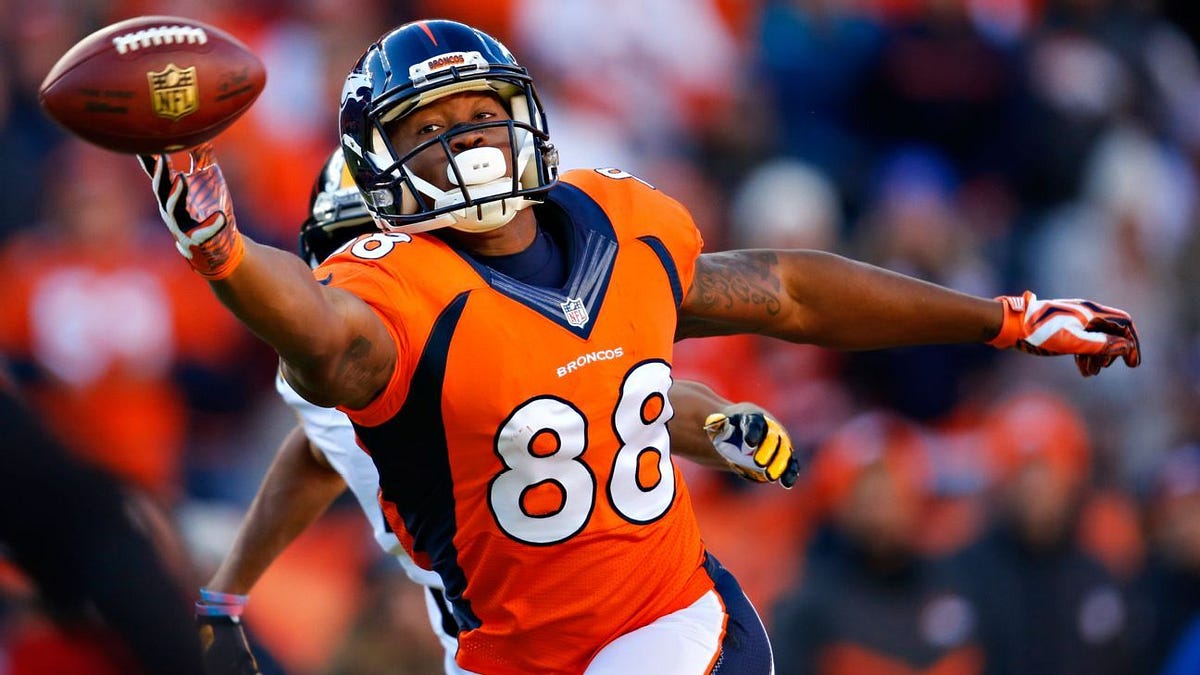Gridiron Genius: Mastering the Art of the Football Playbook – Football, often hailed as America’s favorite pastime, is a sport that combines strategy, athleticism, and teamwork. At the heart of this dynamic game lies the football playbook—a meticulously crafted guide that serves as the roadmap for teams aiming to outwit their opponents on the gridiron. In this article, we delve into the intricacies of the football playbook, exploring how it has evolved over time and the role it plays in the success of a team.
The Evolution of the Playbook: A Historical Perspective
The concept of a playbook has been an integral part of football since its inception. In the early days of the sport, playbooks were simple, consisting of a handful of basic plays that focused on brute force and physicality. However, as the game evolved, so did the complexity of the playbooks.
In the 1920s, legendary coach Knute Rockne of the University of Notre Dame is credited with revolutionizing the playbook. Rockne introduced the idea of using a chalkboard to diagram plays, allowing players to visualize their roles and responsibilities. This marked the beginning of a more strategic approach to the game, setting the stage for the sophisticated playbooks we see today.
The Anatomy of a Modern Playbook
Today’s football playbook is a comprehensive document that goes far beyond Xs and Os on a chalkboard. It is a carefully curated collection of offensive and defensive strategies, designed to exploit the weaknesses of the opposing team while maximizing the strengths of one’s own. Let’s take a closer look at the key components that make up a modern playbook:
Formations and Plays: The playbook begins with an array of offensive and defensive formations. These formations dictate how players line up on the field and serve as the foundation for specific plays. Coaches use a combination of diagrams, symbols, and terminology to convey these formations and plays to their players.

Player Assignments: Each play comes with specific assignments for every player on the field. Whether it’s a quarterback reading the defense, a running back finding the right hole, or a receiver running a precise route, the playbook details the responsibilities of each player in the execution of a play.
Audibles and Adjustments: A good playbook accounts for the unpredictability of the game. Coaches include audibles and adjustments that allow players to adapt to changing circumstances on the field. This flexibility is crucial for a team’s success, enabling them to react swiftly to the opposing team’s strategies.
Situational Strategies: Football is a game of situations, and the playbook is the coach’s tool for preparing players for every conceivable scenario. From goal-line stands to two-minute drills, the playbook provides a strategic approach for navigating different game situations.
Scouting Reports: In addition to their own plays, teams use the playbook to analyze and prepare for their opponents. This includes detailed scouting reports on the strengths, weaknesses, and tendencies of the opposing team. Coaches can then tailor their game plan to exploit these insights.
The Coach’s Role in Mastering the Playbook
A football playbook is only as effective as the coach who implements it. The coach serves as the architect, crafting a playbook that aligns with the team’s strengths and the coach’s strategic philosophy. Beyond designing plays, a coach’s ability to communicate the playbook effectively to the players is paramount.
A successful coach understands the importance of simplicity and clarity in the playbook. While the playbook may be extensive, it should be presented in a way that is easy for players to understand and execute on the field. This involves effective communication, visual aids, and ample practice time to reinforce the plays.
Coaches also play a crucial role in adapting the playbook to the strengths and weaknesses of their players. A playbook that caters to the unique skill set of a team is more likely to yield positive results. This requires a deep understanding of each player’s abilities and a willingness to adjust the playbook accordingly.
The Impact of Technology on Playbook Mastery
Advancements in technology have transformed the way football playbooks are created, shared, and analyzed. In the digital age, traditional chalkboards have been replaced by interactive digital platforms. Coaches now use tablets and software to create, store, and share playbooks with players.
These technological tools offer advantages in terms of accessibility and efficiency. Players can review plays on their devices at any time, and coaches can make real-time updates to the playbook. Video analysis is also integrated into playbooks, allowing players to visualize their performance and learn from game footage.
However, while technology enhances the accessibility and functionality of playbooks, the core principles of strategy and execution remain unchanged. The most technologically advanced playbook is only as effective as the team’s ability to understand and execute the plays on the field.
The Psychology of the Playbook
Beyond the Xs and Os, the football playbook delves into the psychology of the game. It serves as a tool for motivating players, building team cohesion, and instilling confidence. The playbook is a source of inspiration, showcasing the potential for success when everyone on the team executes their role effectively.
Moreover, the playbook fosters a sense of ownership among players. When athletes contribute to the development of plays and strategies, they become more invested in the team’s success. This collaborative approach not only enhances the playbook’s effectiveness but also creates a culture of accountability and teamwork.









